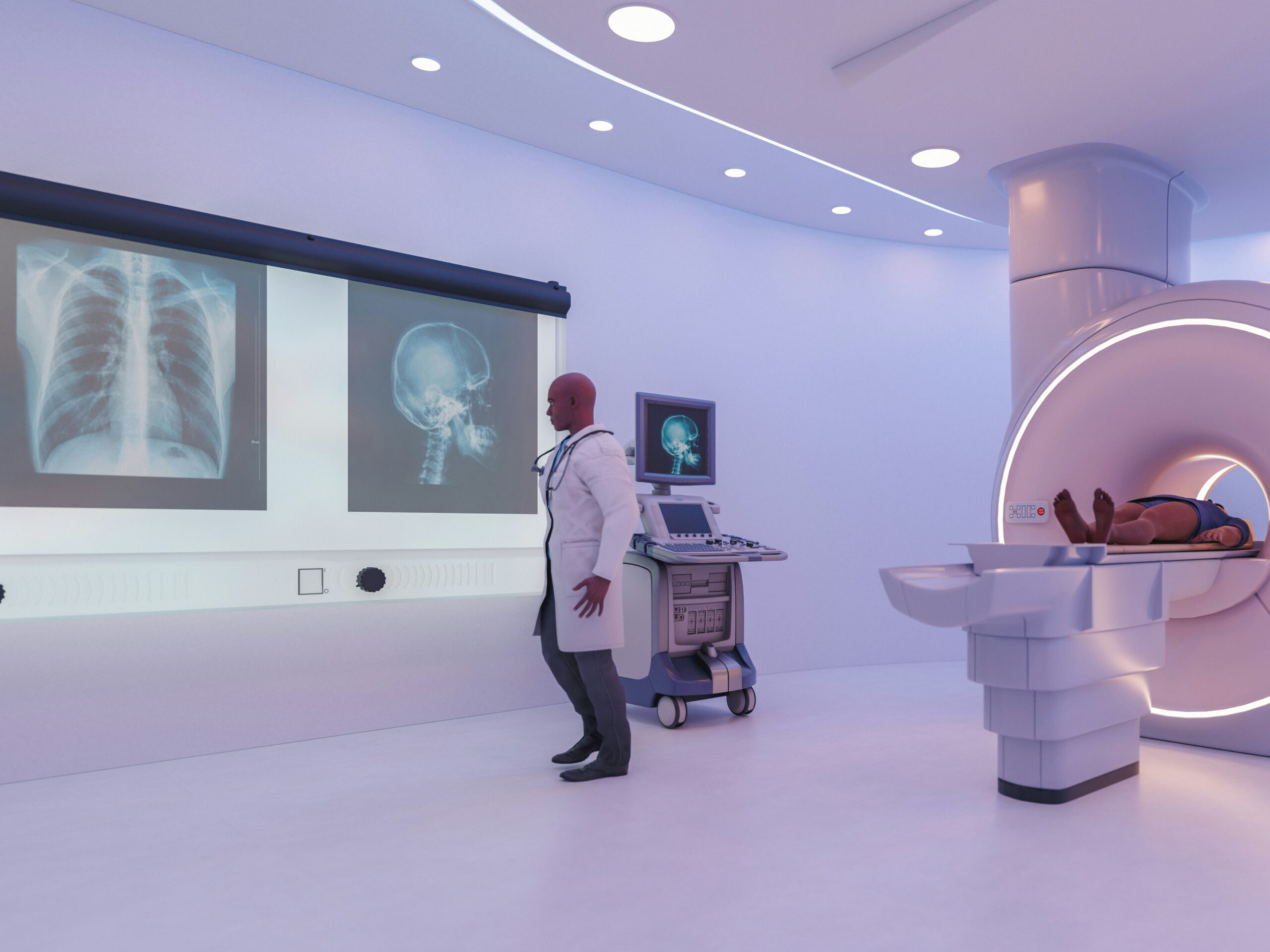
Medical technology is evolving unprecedentedly, reshaping how doctors diagnose, treat, and monitor patients. This revolution is about new gadgets and changing the entire patient care experience. From wearable devices that track vital signs in real-time to AI-powered diagnostics, these breakthroughs promise faster, more accurate, and more personalized care.
This article explores some of the most significant advancements in medical technology that are setting the stage for a new era in patient care.
The Rise of Artificial Intelligence in Healthcare
Artificial intelligence (AI) is becoming an indispensable tool in modern medicine. Its ability to quickly analyze vast amounts of data helps doctors make better-informed decisions. AI algorithms can detect patterns invisible to the human eye, especially in medical imaging such as X-rays, MRIs, and CT scans. This capability allows for earlier detection of diseases like cancer, improving patient outcomes.
Moreover, AI assists in predicting patient risks by analyzing electronic health records, enabling preventive care before serious issues arise. Integrating AI into routine medical practice reduces diagnostic errors and streamlines workflows, allowing healthcare professionals to focus more on patient interaction.
Telemedicine: Expanding Access to Care
Telemedicine has grown rapidly due to technological advances and the need for accessible healthcare. Telemedicine breaks down geographic barriers by connecting patients with doctors via video, chat, or phone calls. This mainly benefits rural or underserved areas where specialized medical services may be scarce.
Beyond convenience, telemedicine improves patient engagement by allowing timely follow-up appointments and more straightforward communication. It also supports mental health care by providing confidential and accessible counseling services. As technology improves, telemedicine platforms integrate more features such as remote diagnostics and AI-powered health assistants.
Robotic Surgery and Precision Treatment
Robotic-assisted surgery is a remarkable leap forward in surgical care. These systems enhance a surgeon’s precision, control, and flexibility, reducing invasive procedures. Patients often experience shorter recovery times, reduced pain, and fewer complications.
Advancements in robotic technology also allow surgeons to operate remotely, expanding access to expert care worldwide. Combined with real-time imaging and AI guidance, robotic surgery offers a new level of accuracy that improves treatment outcomes. This technology is particularly transformative in delicate operations such as neurosurgery, cardiac surgery, and cancer removal.
3D Printing in Medicine
3D printing technology is creating personalized medical solutions that were once unimaginable. From custom prosthetics to tailored implants and even bioprinted tissues, this innovation is reshaping patient care. 3D printers produce precise models or implants that fit perfectly by using a patient’s imaging data.
This customization improves comfort and functionality while reducing surgery times. Bioprinting is advancing rapidly, with researchers working to create functional organs that could one day solve organ transplant shortages. Meanwhile, printed models aid surgeons in planning complex surgeries, enhancing safety and precision.
Big Data and Predictive Analytics
The vast amount of health data generated today offers incredible opportunities for improving patient care. Big data analytics help identify trends and correlations that support evidence-based medicine. Hospitals use predictive models to anticipate patient admissions, optimize staffing, and reduce wait times.
Predictive analytics also plays a crucial role in personalized medicine. By analyzing genetic information alongside lifestyle data, doctors can tailor treatments to individual patients. This approach not only improves effectiveness but also minimizes adverse effects. Patient care will become increasingly proactive and customized as data integration improves across healthcare systems.
The Role of Virtual Reality in Rehabilitation
Virtual reality (VR) is emerging as a powerful tool in patient rehabilitation. It provides immersive environments that motivate patients during physical therapy and pain management. VR programs simulate real-world scenarios, encouraging movement and improving motor skills, especially after strokes or injuries.
This technology also helps manage chronic pain by distracting patients and reducing their perception of discomfort. VR therapy can be delivered remotely, making it accessible to those who cannot visit clinics regularly. As VR systems become more affordable and advanced, their application in rehabilitation will continue to expand.
Challenges and Ethical Considerations
While these medical technology advancements offer exciting possibilities, they also raise challenges. Privacy concerns around patient data are paramount and require robust security measures. Integrating AI and automation calls for transparency and oversight to avoid biases in decision-making.
Access and affordability remain issues, as not all patients or healthcare providers can benefit equally from cutting-edge technology. Ensuring equitable distribution and training for medical professionals will be essential to realize these innovations’ potential fully.
Looking Ahead: A Patient-Centered Future
Thanks to revolutionary medical technology, the future of patient care is heading toward more personalized, efficient, and accessible healthcare. These innovations empower doctors and patients with better tools to prevent, diagnose, and treat illnesses.
As technology advances, the focus must remain on enhancing the patient experience while addressing ethical and practical challenges. By combining human expertise with intelligent systems, medicine is entering a new era where care is more thoughtful, safer, and compassionate.